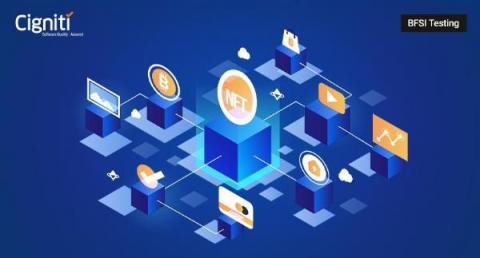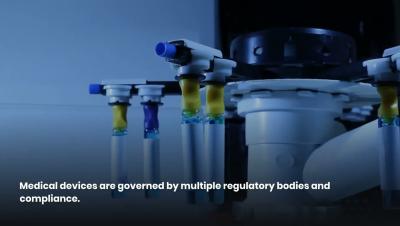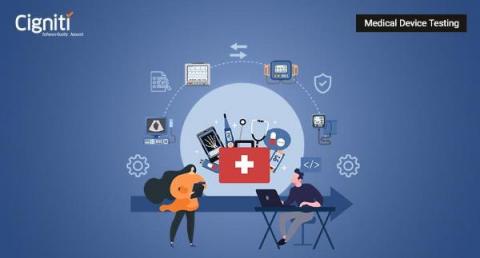Systems | Development | Analytics | API | Testing
Cigniti
How IoT is Revolutionizing the Insurance Sector: Use Cases and Benefits
Traditional businesses are projected to be disrupted and revolutionized at an unprecedented rate as the Internet of Things (IoT) emerges. These new technologies have the potential to benefit the insurance business, which has been hesitant to adapt in the past. Before we get into how the Internet of Things will affect insurance, let’s define what we mean by “IoT” in this context.
Krishnan Venkatachary, CFO at Cigniti Technologies interview to CNBC TV18 [5 May 2022]
Krishnan Venkatachary, CFO at Cigniti Technologies interview with CNBC Bajar [5 May 2022]
How Blockchain is Solving the Pain Points in the Payments Sector
How Blockchain is Solving the Pain Points in the Payments Sector
Digital security has always been an issue for payment organizations and their customers. Transparent and immediate payment is the basic need. To enhance and popularize digital payments and be more customer-focused, payments need to be made easy, fast, and highly secure. Blockchain technology has come up with the solution which addresses the payment security needs, transaction transparency and boosts the overall efficiency of financial transactions.
Creating a Custom Safety Testing Plan to Suit the Needs of Your Medical Device
Creating a Custom Safety Testing Plan to Suit the Needs of Your Medical Device
Digital disruption has impacted the healthcare industry enormously and kick started various innovations in the area of medical devices. This helped people to connect effectively with the latest medical devices embedding software that delivers better healthcare services. Medical devices are critical for patient care as they directly impact human lives by providing vital data and opinions derived from them. Software glitches trigger several risks to medical devices and patients’ wellbeing.











